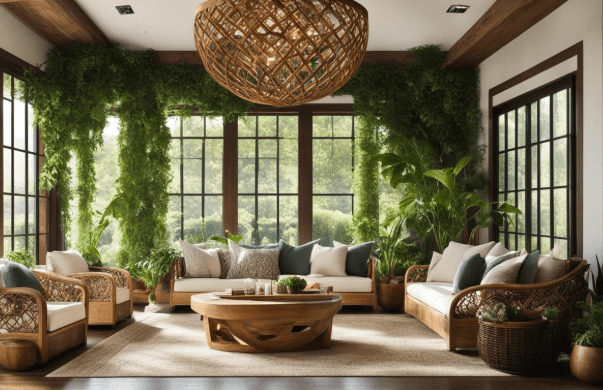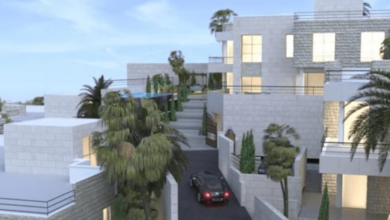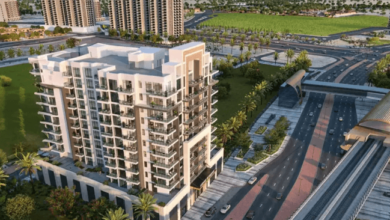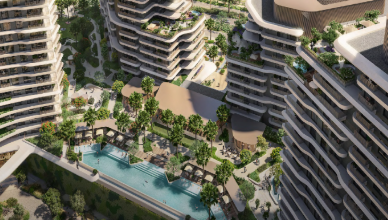Designing a Sustainable Living Space

Creating a sustainable living space is becoming increasingly important as people seek to reduce their environmental footprint while enhancing their quality of life. Sustainable living spaces are designed with an emphasis on eco-friendly materials, energy efficiency, and sustainable practices that contribute to the well-being of both the environment and the people who live there. Whether it’s choosing the right materials, optimizing energy use, or incorporating green technologies, a sustainable living space can provide both financial savings and a healthier lifestyle. In this guide, we explore the key elements of designing a sustainable living space that balances function, aesthetics, and sustainability.
1. Choose Sustainable Materials
Opting for natural, renewable, and recyclable materials is fundamental in sustainable design. Materials such as bamboo, reclaimed wood, and recycled metals not only reduce the need for new resources but also add unique character to your home. For instance, using reclaimed wood for flooring or furniture can give your space a rustic charm while minimizing waste.
See also: Why a Full Body Checkup is Essential for Early Detection of Tuberculosis
2. Enhance Energy Efficiency
Improving your home’s energy efficiency is crucial for sustainability. Incorporate energy-efficient appliances, install proper insulation, and utilize smart home technologies to monitor and reduce energy consumption. Maximizing natural light through strategic window placement and using light-colored interiors can also reduce the need for artificial lighting, thereby conserving energy.
3. Implement Water Conservation Measures
Conserving water is an essential aspect of sustainable living. Install low-flow faucets, showerheads, and dual-flush toilets to minimize water usage. Additionally, consider rainwater harvesting systems to collect and reuse water for gardening or other non-potable uses, further reducing your home’s environmental footprint.
4. Incorporate Indoor Plants
Integrating indoor plants into your living space not only enhances aesthetic appeal but also improves air quality. Plants absorb carbon dioxide and release oxygen, creating a healthier indoor environment. Additionally, certain plants can act as natural air purifiers, removing toxins and promoting well-being.
5. Utilize Sustainable Furnishings
When selecting furniture, choose pieces made from sustainable materials and consider their durability. Investing in high-quality, timeless designs reduces the need for frequent replacements, thereby minimizing waste. Additionally, consider purchasing second-hand or upcycled furniture to further reduce environmental impact.
6. Optimize Waste Management
Implementing effective waste management practices is vital in a sustainable home. Set up recycling stations for paper, glass, and plastics, and compost organic waste to reduce landfill contributions. Educating household members about proper waste segregation can significantly enhance recycling efforts.
7. Embrace Smart Home Technologies
Incorporating smart home devices can enhance energy efficiency and convenience. Programmable thermostats, smart lighting systems, and energy monitoring tools allow you to control energy usage more effectively, leading to reduced consumption and lower utility bills.
8. Prioritize Indoor Air Quality
Maintaining good indoor air quality is essential for health and sustainability. Use non-toxic paints and finishes, ensure proper ventilation, and incorporate air-purifying plants to create a healthier living environment. Regular maintenance of HVAC systems and the use of air purifiers can also contribute to better air quality.
By thoughtfully integrating these strategies, you can create a sustainable living space that not only benefits the environment but also enhances your quality of life. Sustainable design is an ongoing journey that evolves with new technologies and practices, so staying informed and adaptable is key to maintaining an eco-friendly home.





